The North American Indian
Edward S. Curtis
The North American Indian is the largest, longest and most ambitious enterprise ever attempted in the history of photography.
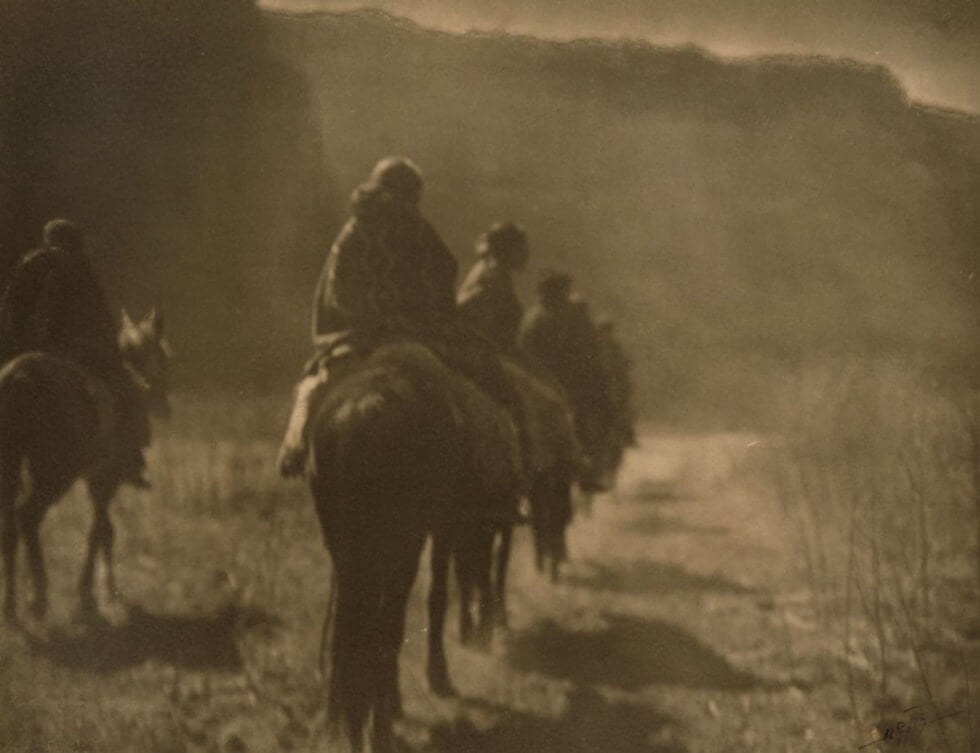
In 1896 Edward Sheriff Curtis began his life-defining project, The North American Indian. Over the course of 30 years Curtis documented America’s first inhabitants. He recorded, in words and pictures, the traditional Indian way of life that was already beginning to die out. When Curtis began to photograph the Indians, they had already been herded into reservations. Wars, undernourishment and diseases had decimated their numbers to les than half the original tribal population.
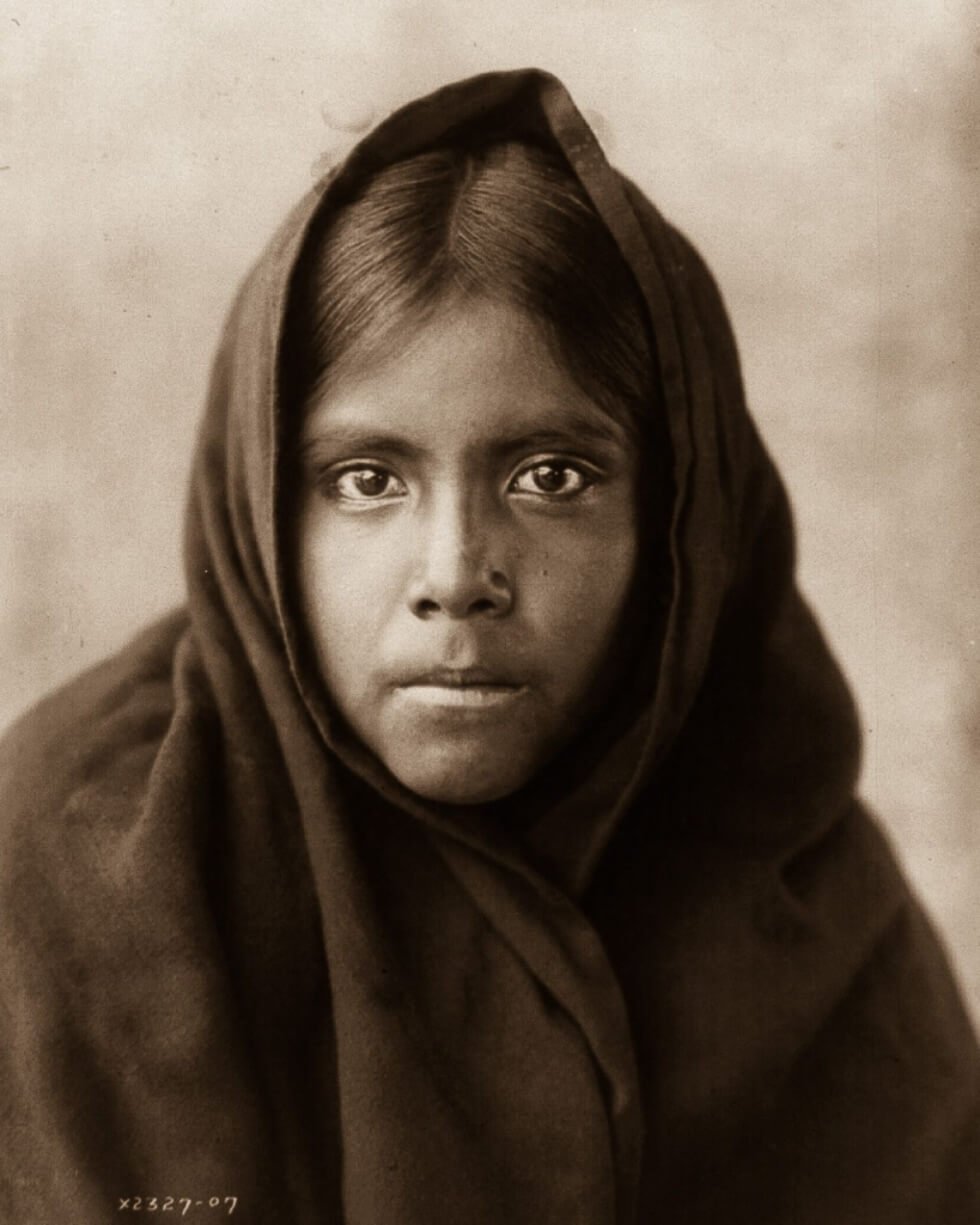
From the beginning President Theodore Roosevelt supported the project. He even promised to write a foreword for the publication. Thus giving his blessing. The project was financed by J. Pierpont Morgan. And when he passed away in 1913 his son took over. But their contributions turned out to be much too low. Additional sources of money, such as selling photogravures and giving lectures, had to be found.
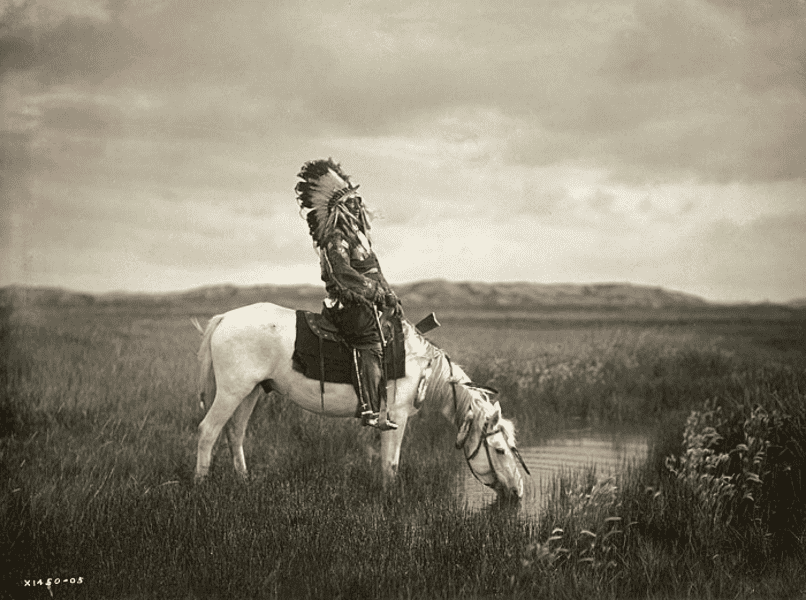
During the period Curtis works on The North American Indian he neglects his family and studio in Seattle. Resulting in the break-up of his marriage and the closure of his studio. By the time the last volume was published in 1930, Curtis’s name was unknown. Only with the general revival of interest in the medium of photography in the seventies the interest in his person experience a revival.
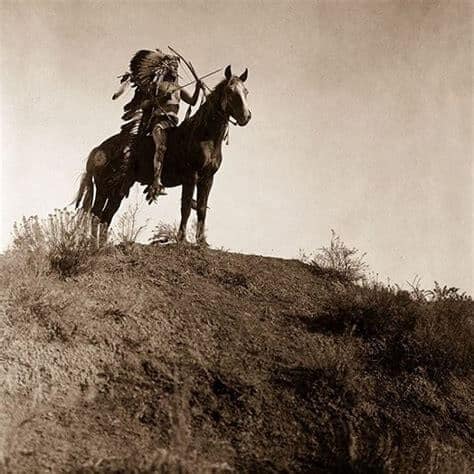
Essentially, the project was intended to be documentary. As a photographer however, Curtis belonged to the pictorial tradition of photography. He strove to produce pictures with an impressionistic, pictoresque atmosphere. The photographs taken were more artistically than documentary. He took fascinating photographs: intriguing, romaticized images of Indians in feathered head-dress, silhouetted against fluffy clouds in waning sunlight.
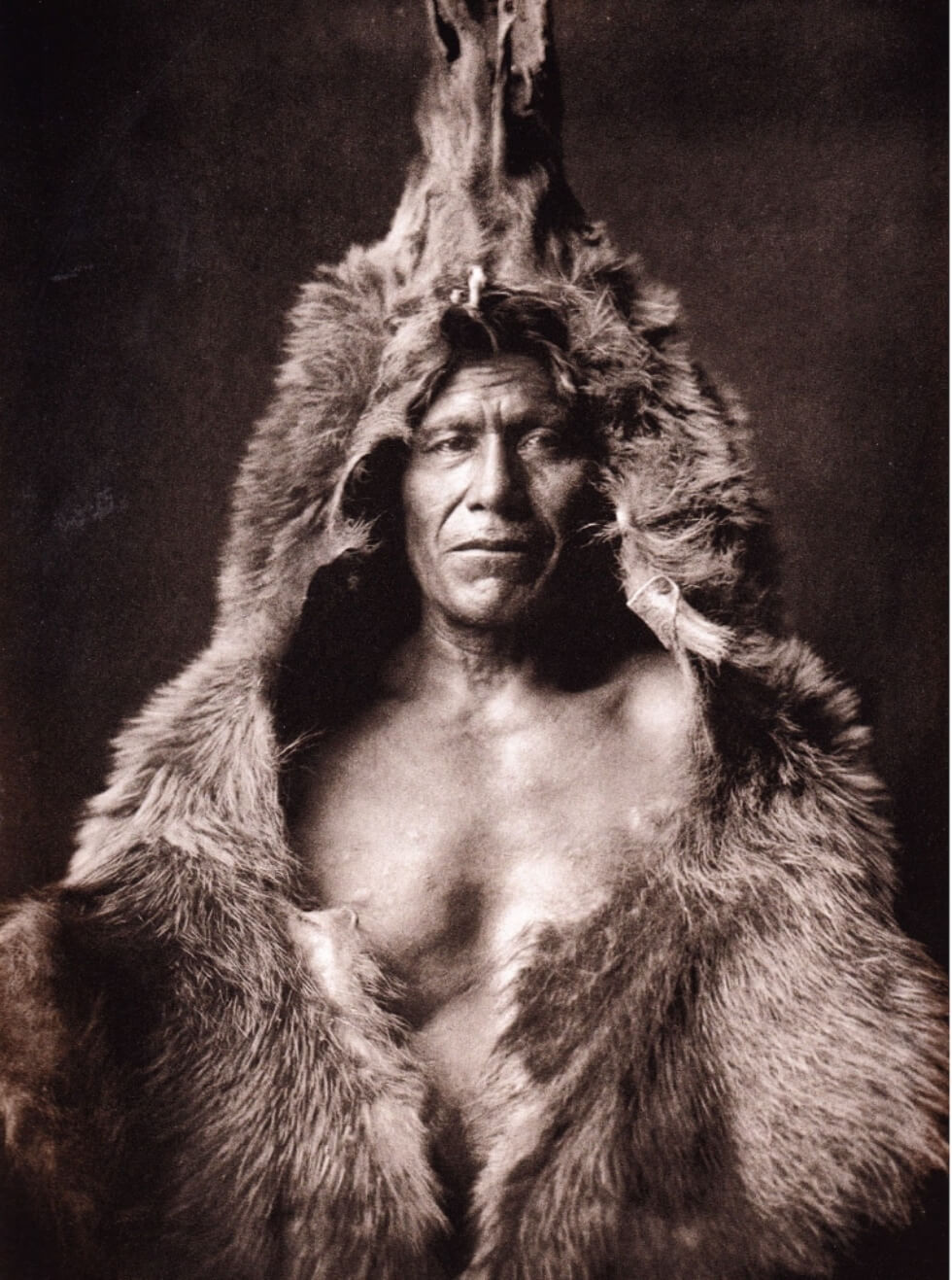
He wanted to show a way of life that no longer existed. And, by taking major liberties with the truth, never even existed. The photographed native Americans depicted how Curtis envisioned their everyday life. The indian as ‘noble savage’. The presented image of the Indian is not one that reflects actuality, but the preconceptions of the dominant Western culture.
The photographs may be posed, idealistic and romantic. Nevertheless, they are still worth seeing.
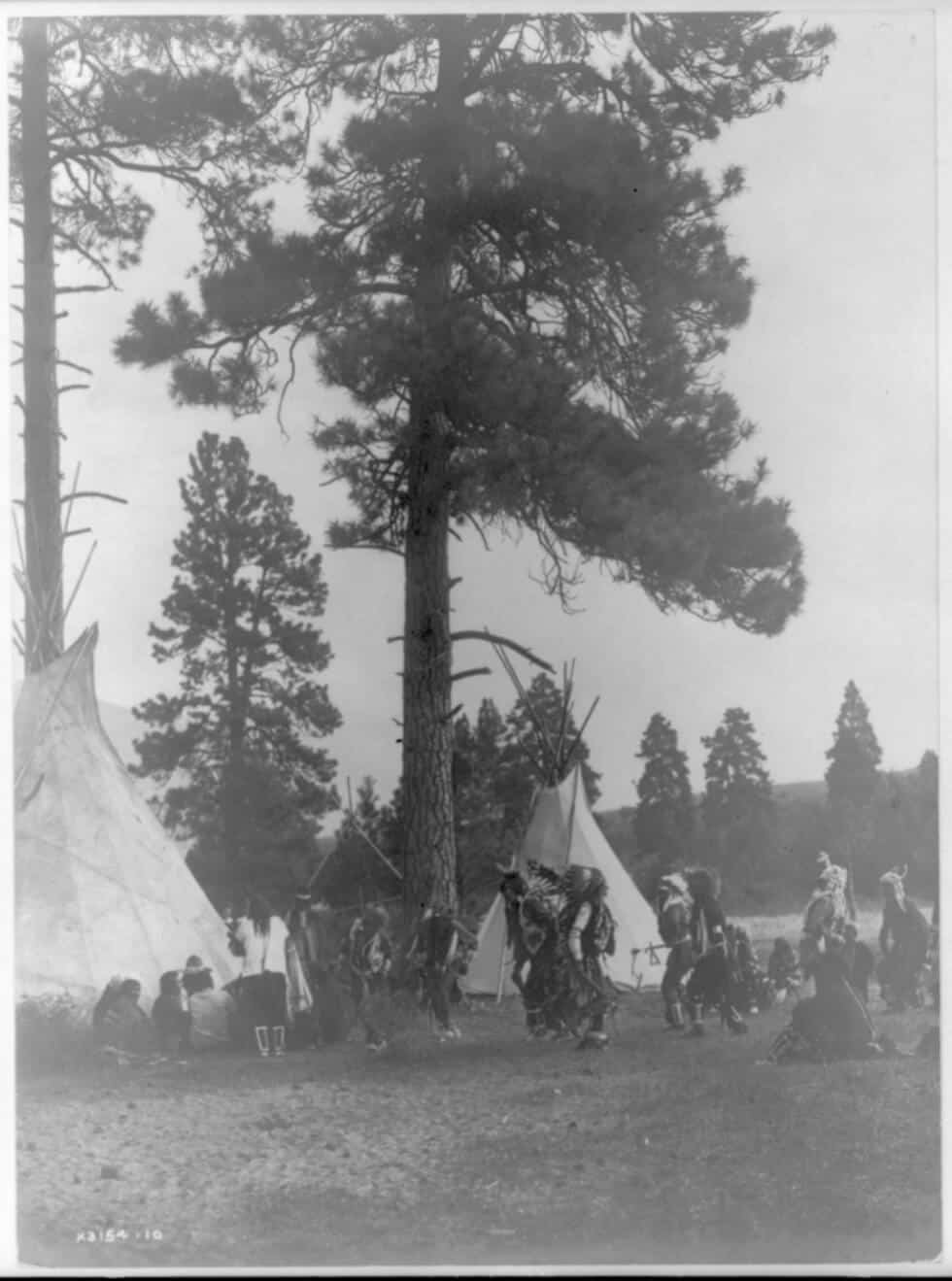
Between 1907 and 1930 Curtis’s work was published in a massive twenty volume encyclopedia entitled The North American Indian. Due to insufficient demand only 272 copies were sold. Original copies are therefore extremely rare and expensive. However there are several re-issues. An interesting one is made by Taschen. It gathers Curtis’s entire American Indian portfolio into one book.
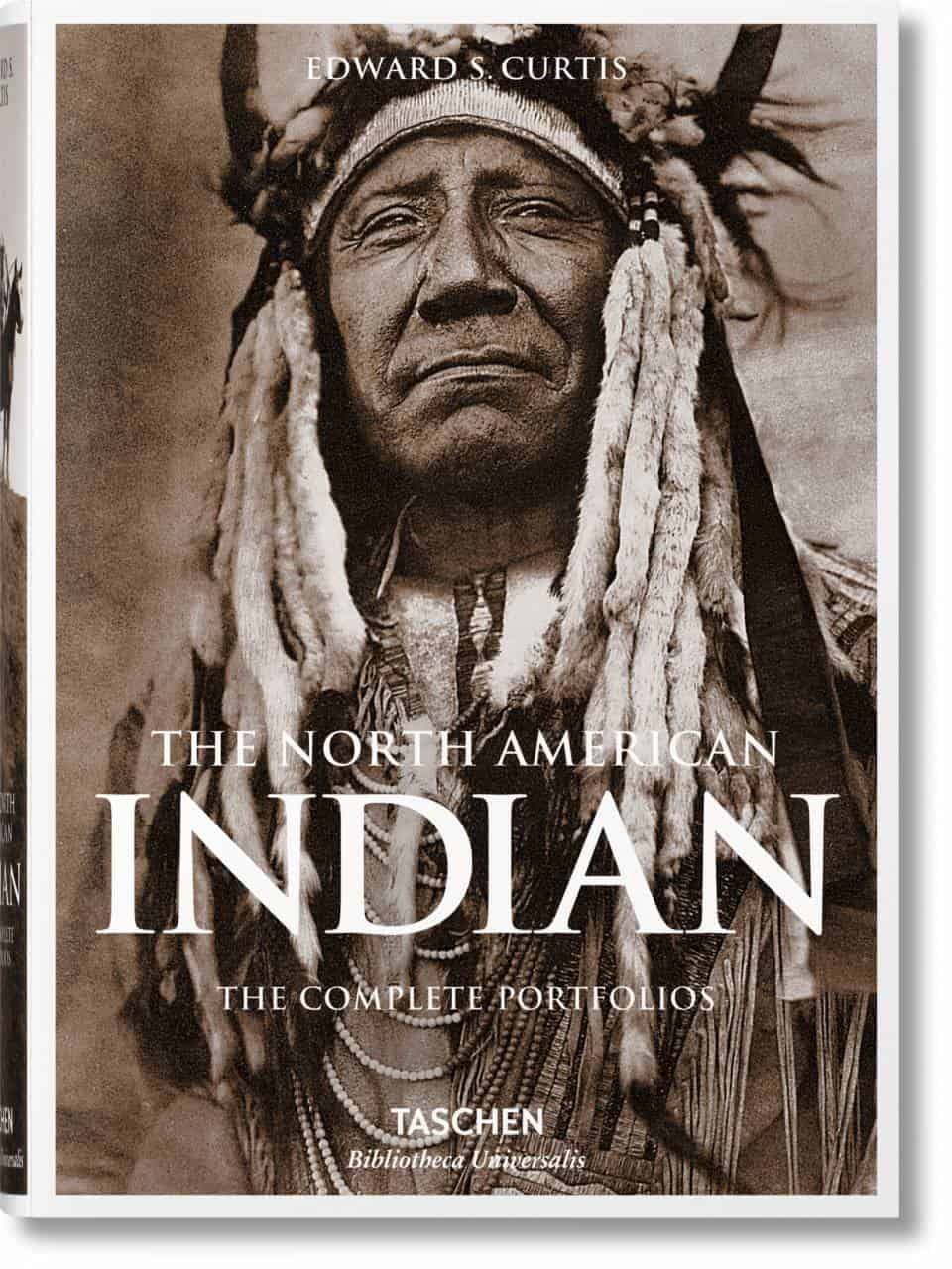
The North American Indian. The complete portfolios.
Photographer: Edward S. Curtis
Publisher: Taschen
Originally published between 1907 – 1930
Hardcover, 14 x 19,5 cm, 768 pages
Foreword by Theodore Roosevelt, introduction by Hans Christian Adam
Mentioned in The Photobook: A History Volume 1, Martin Parr and Gerry Badger
